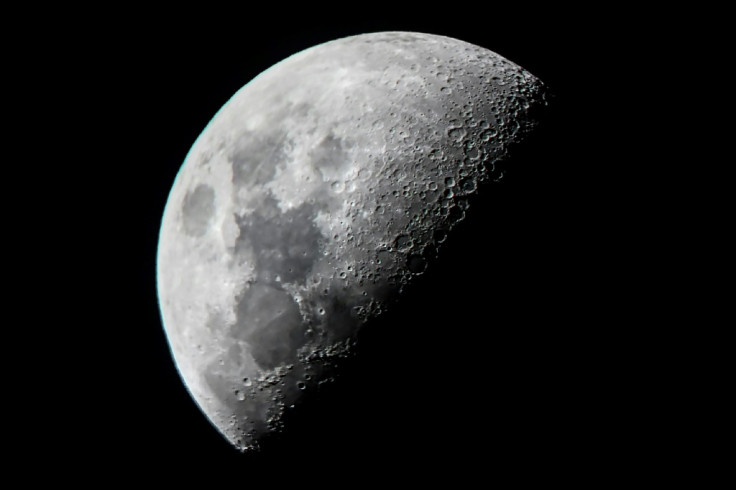Warp speed can become reality as spaceships can travel faster than light, says scientist
At warp speed, astronauts may be able to reach other star systems in a shorter period of time.
Traveling at warp speed is no longer limited to science fiction as a scientist revealed that spaceships can travel at speeds faster than light.
Dr. Erik Lentz, Ph.D., a physicist at the Göttingen University in Germany who focuses on the computational, theoretical and experimental aspects of axion dark matter candidates, revealed in a study that a rocket may be able to theoretically travel at warp speed. This would be at a speed of more than 186,000 miles per second.
Lentz revealed that at this speed, astronauts may be able to reach other star systems. This will shorten the time that it will take to travel to other star systems and a theoretical result is the possibility of colonising faraway planets.
Based on New York Post, the closest star to the Earth's sun is the Proxima Centauri. With the present rocket technology, it will take approximately 6,300 years to be able to reach Proxima Centauri.
This is not the first time that warp drives were proposed. However, the proposals were mostly made on theoretical systems, which oppose Einstein's general theory of relativity that says it is physically impossible for anything to travel at speeds faster than that of light.
Lentz says that the imaginary warp drive will operate within the limitations of physics. He then compared his theory with other theories that primarily rely on negative energy. His theory, on the other hand, uses a new theoretical particle.
A press release from the Göttingen University revealed that the hyper-fast "solitons" or the "warp bubble" may be able to travel at any speed without running contrary to the laws of physics.
According to Dr. Lentz, he came up with the theory after he analysed existing research where he found gaps in warp studies previously conducted. He believes that the solitons may be able to travel faster than light and "create a conducting plasma and classical electromagnetic fields."
"This work has moved the problem of faster-than-light travel one step away from theoretical research in fundamental physics and closer to engineering," said Lentz.
"The next step is to figure out how to bring down the astronomical amount of energy needed to within the range of today's technologies, such as a large modern nuclear fission power plant. Then we can talk about building the first prototypes," added the physicist.
© Copyright IBTimes 2025. All rights reserved.






















